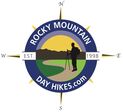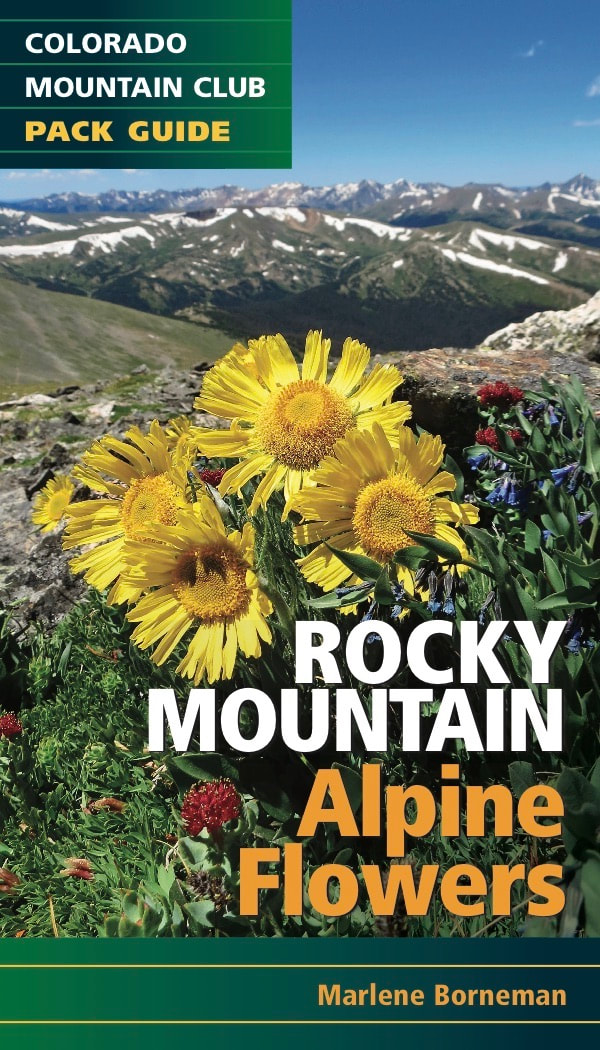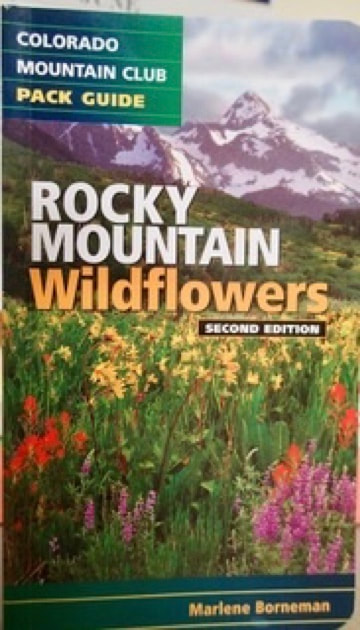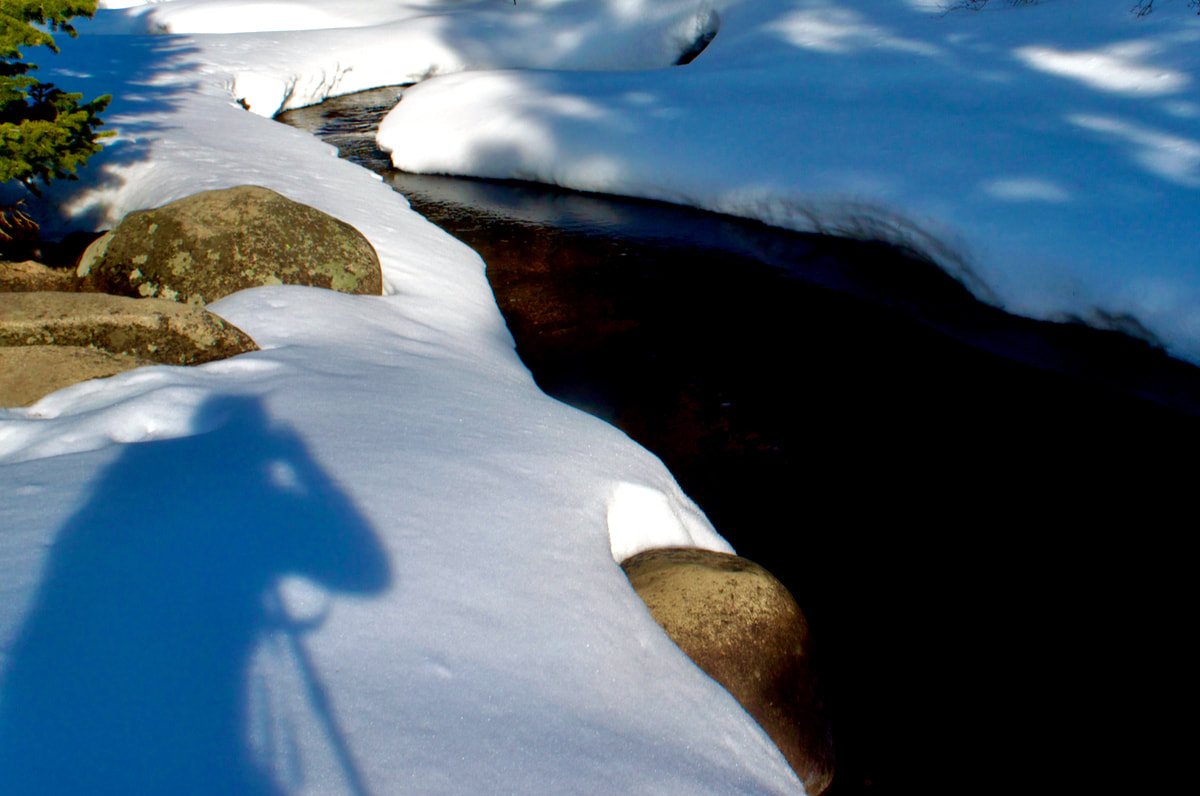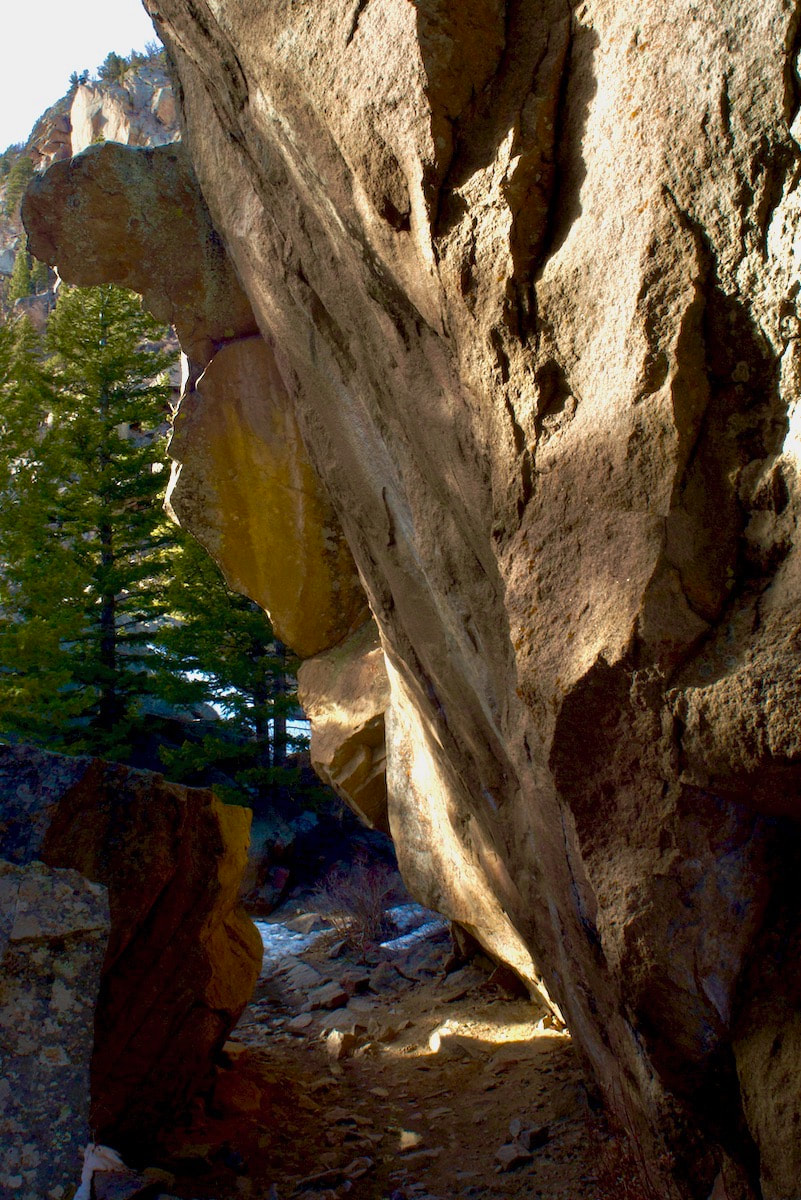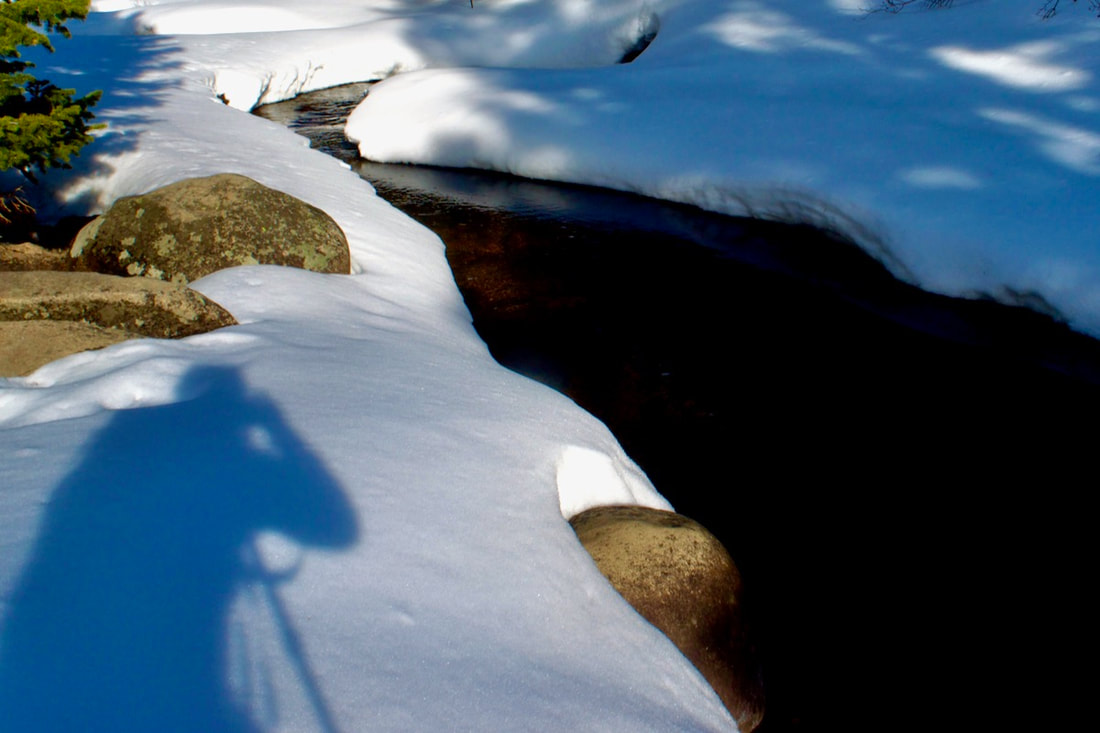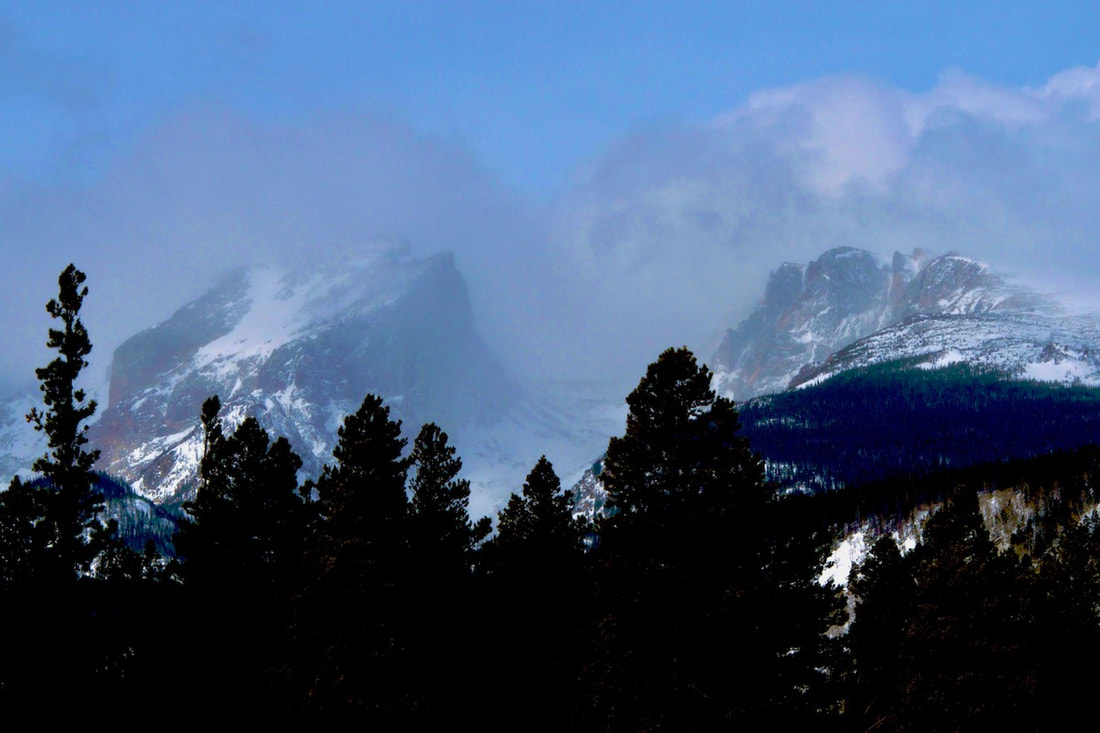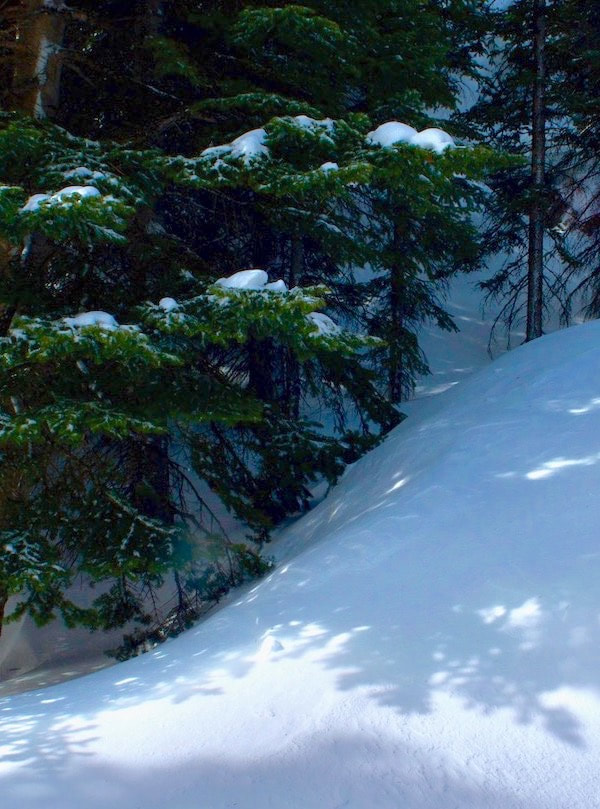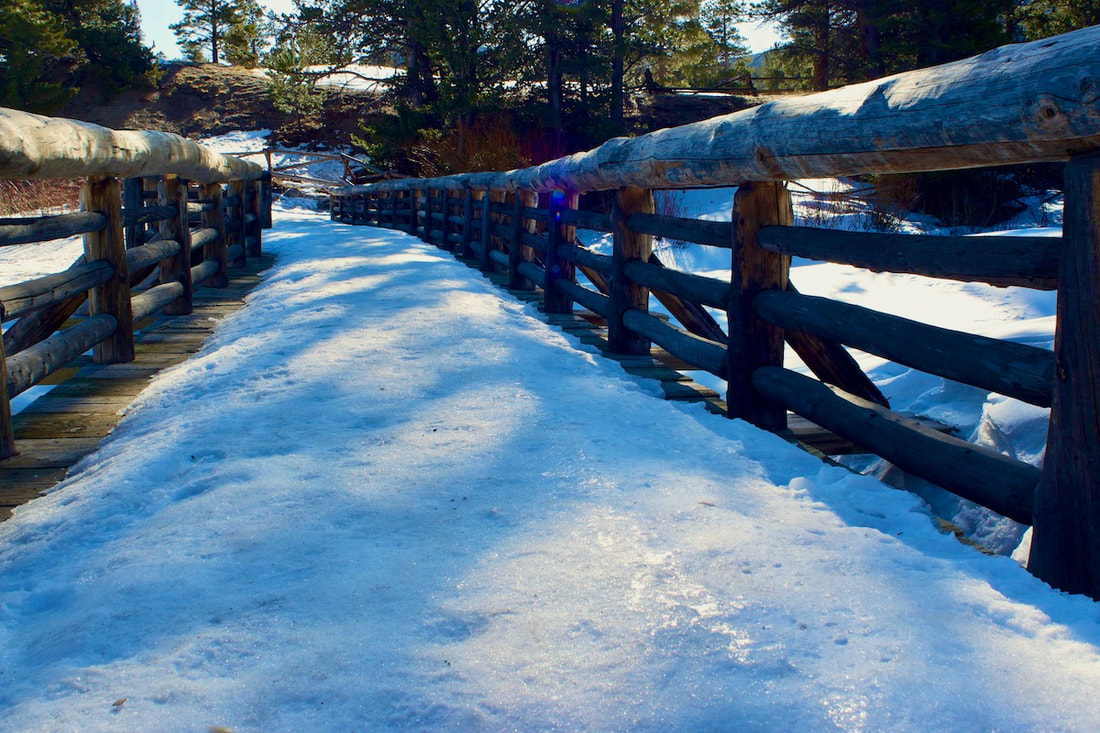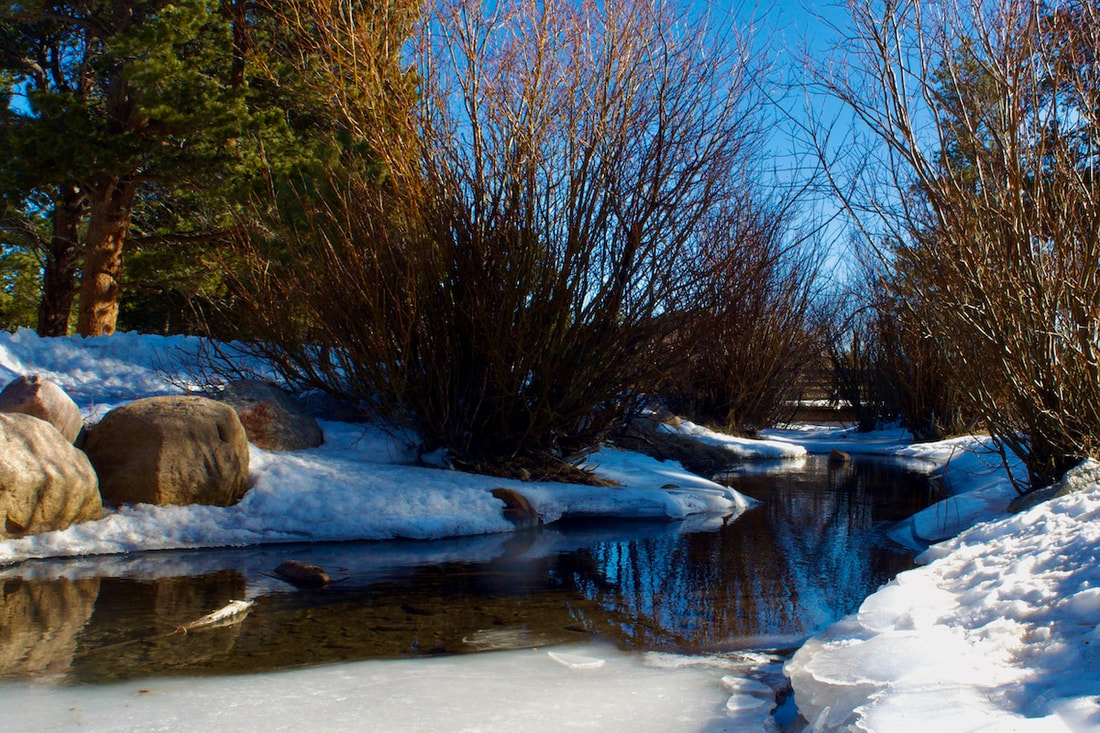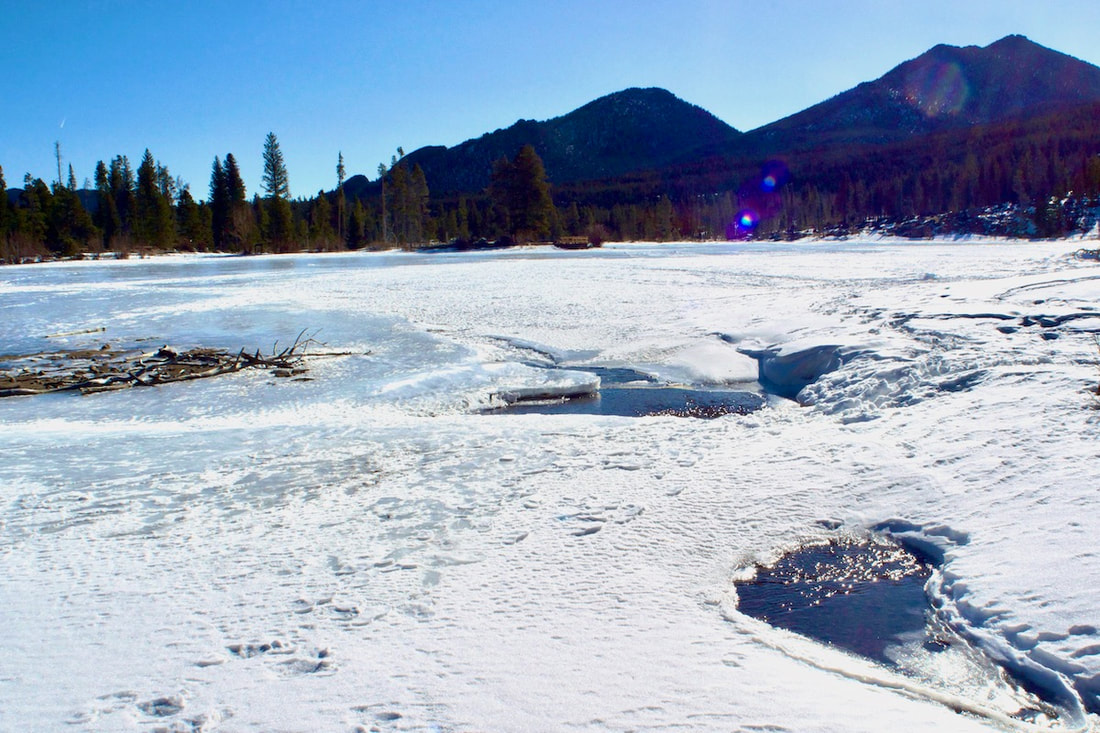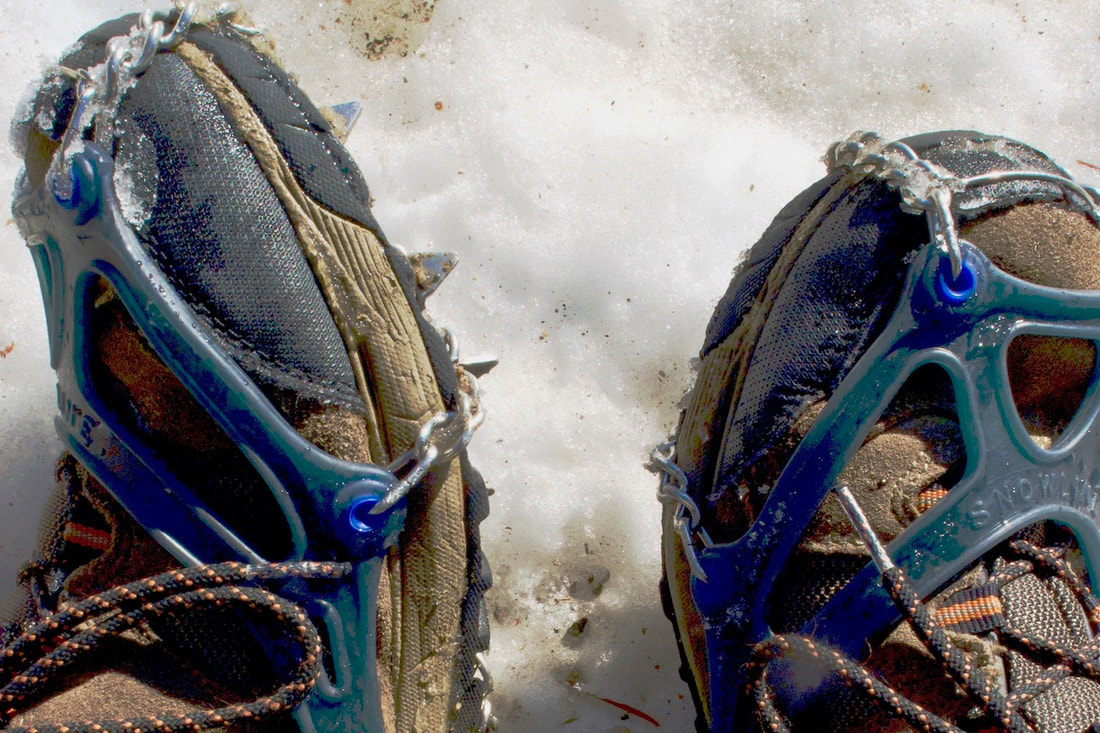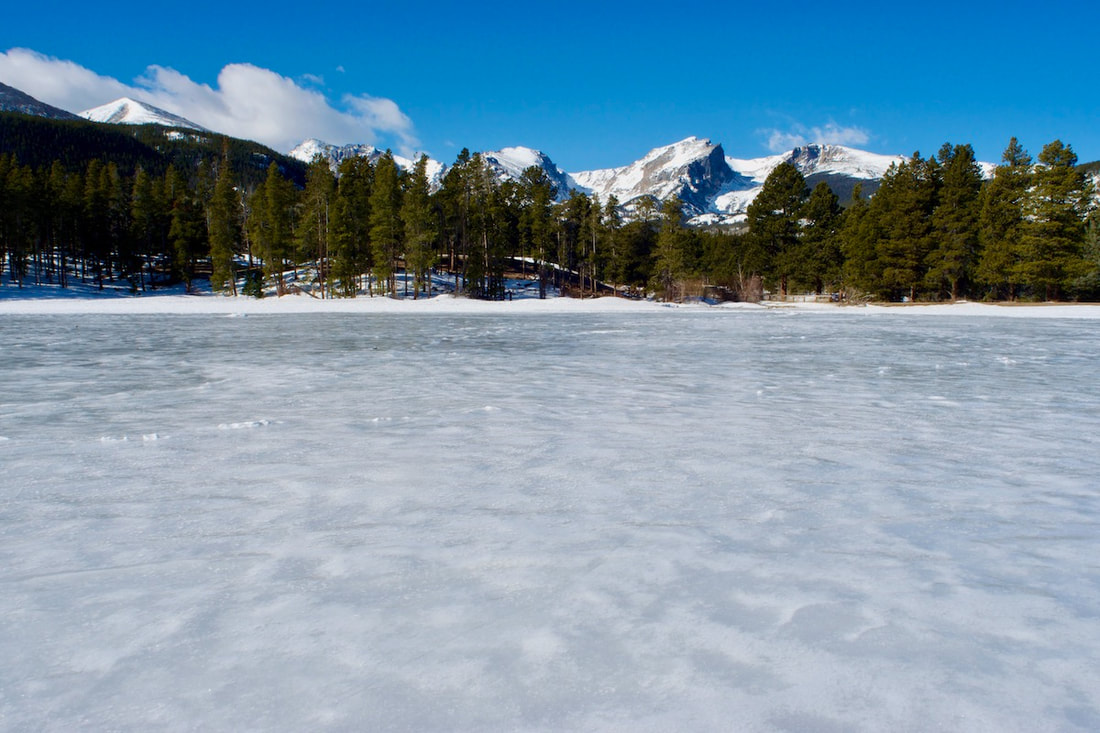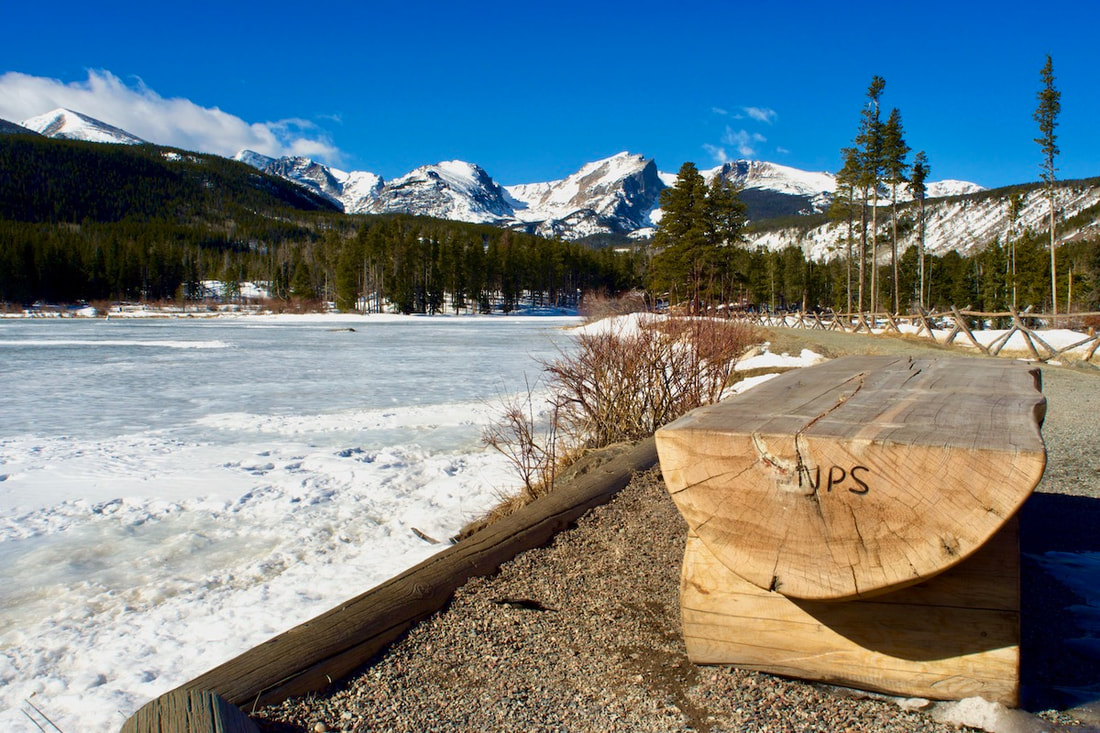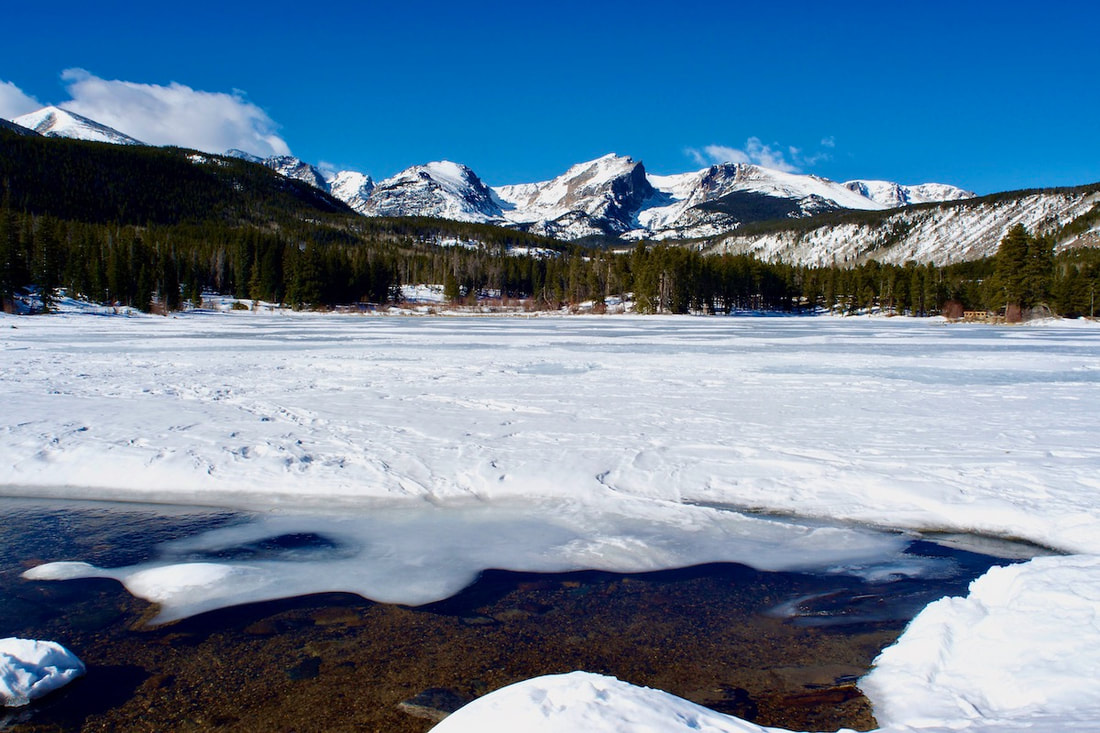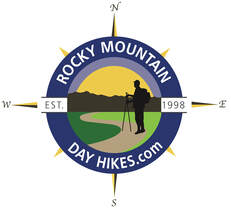|
Notes from the Trail
|
|
by Marlene Borneman One of my favorite quotes: Where flowers bloom, so does hope. -Lady Bird Johnson In this time of uncertainty, I need something reliable and upbeat to look forward to in the near future. My husband and I have cancelled our spring trips to California and Arizona. So, I decided to focus on getting out and searching for early budding native plants. Thoughts of blooming wildflowers bestow on my soul an absolute sense of peace and joy. Vivid memories of past wildflower seasons energize me while providing some normalcy to my “new” routine. In this stay-at-home environment we find ourselves in, I’m getting out my notes jogging my memory about what will be blooming when and where in the coming weeks in and near RMNP. Our native wildflowers will come up no matter what and not disappoint. I remind myself that native plants are resourceful, resilient, hardy and persistent.
You will be so prepared for summer with the hope of exploring in Rocky once again. For now, I’m good with searching for those first flowers of the season wherever I can. Here are a few common spring wildflowers you can start looking for now through June.
The Stemless Easter Daisies ( T. exscapa) have larger flowers and lack the mass of hairy tufts on the bracts. The bright white flowers are easy to spot on sunny hillsides. I find it satisfying to identify a plant with confidence. Be inspired to use this time for learning Colorado native wildflowers and get out where you can in search of promising displays of native plants. Remember, we live in a mind-blowing part of the world. Take pleasure in Colorado’s sunshine, experience the challenge of botanizing all while exercising your mind and body. Please keep in mind you don’t have to be a botanist to use botany. Don’t forget your camera, hand lens and wildflower guidebooks on your explorations. You can purchase these outstanding Wildflower Identification guidebook from: Rocky Mountain Conservancy, click here. Colorado Mountain Club, click here.
0 Comments
By Barb Boyer Buck There is a quality to the early spring air in the Colorado Rocky Mountains that makes me want to get outside. The weather changes quickly here, so I wear layers and bring snowshoes or spikes in case I’ll need them. Once I actually start walking in it, the fresh air entices me to rip off my hat and gloves and unzip my coat. It’s still chilly but if the wind isn’t blowing, it’s an amazing feeling on my skin – more invigorating than cold. The air is a call to come out of hibernation and embrace the wilderness again. This is weather made for humans: calm, with temps ranging from chilly to warm. Rocky Mountain wildlife thrives in many conditions but humans can bask in this pleasant weather, rediscovering hope in Spring.
the recent closure of Rocky Mountain National Park and all accommodations in town. Nor to the fact that no one is eating out anymore and pretty much staying in their homes. This year, with the threat of the dreaded COVID19 keeping everyone inside, the spring air is even more tempting. Truly, the air smells and feels so fresh it can’t help but draw me outside.
I imagine it smells like mustard because that’s what it looks like. It covers every surface, even creeping through all the cracks in your home to make deposits on your furniture. But right now, in early Spring in the Rockies, the air is nurturing and clean. When the temperature is mild, I open my windows to let the glorious breeze touch everything that has gotten dreary in my house over the winter. My plants perk up and start stretching even more toward the promise of Spring.
I went to the store on March 16, wearing medical exam gloves and a face mask (not the 95 kind, just the kind that I already had). I dragged my friend along with
Just two days later I took what turned out to be my last hike in Rocky Mountain National Park “until further notice.” I saw many groups of people, hugging and kissing each other for selfies. It seemed like summertime – almost as crowded and just as noisy. I began wondering if we should practice social distancing outside, too. On March 20, our mayor asked the Secretary of the Interior to close Rocky Mountain National Park; that evening, RMNP closed for an indeterminate period of time. And three days later, all hotels were ordered to stop operations by the Town of Estes Park. Why would a town that depends on tourism to survive discourage visitation of any kind? This situation is very serious, I realized.
For all of us who take solace in nature, we handle it by answering the call of the spring air.
Accept Nature’s invitation to shed the dreariness of Winter and be renewed by Spring.
by Barb Boyer Buck A father fights for a better life for his children, a grandfather spoils them. A father shows his offspring how to be productive citizens of the world by teaching them the valuable lessons he has learned. A grandfather rests on the wealth of his knowledge and experience and shares these, generously and without condition, with his grandchildren. Such are the patriarchs of the Estes Valley, Enos Mills and FO Stanley, the leaders who are credited with the development and the establishment of Rocky Mountain National Park and the Town of Estes Park.
She can be seen from miles East. This striking landmark is named for the man who first spotted her on behalf of the US Government in 1820, Major Stephen Long. But thousands of years before that, Longs and her sister, Mount Meeker (13,911 ft.), were designated the “two guides” by the indigenous people who made what is now the northern plains of Colorado part of their territory. These nomads followed their “guides” all the way up to the top of the Divide, to the alpine tundra which thrives where it’s too high for trees to grow. There, they hunted the now-extinct mountain bison, and elk. It was their summer home, a very fat and sweet season. Longs Peak has inspired a painting by Albert Bierstadt, a photograph by Ansel Adams, amazing prose, countless songs, and thousands of climbers to conquer that unmovable monarch. When he was 14 years old, Mills was sent by his family to seek the “mountain cure” at his relative’s homestead. The Reverend Elkanah Lamb, cousin to Mills’ mother, lived in the Tahosa Valley, south of Estes Park, with Longs Peak towering over it. Ever since and for the rest of his life, this peak consumed Mills’ activities and ponderings. When he first arrived in 1884 he was frail, suffering from an undiagnosed allergy to the wheat his family farmed. (Today, we call that celiac disease.) At first, he couldn’t climb Longs Peak at all. As he regained his health in the mountain air of the Rockies, Enos guided guests to the top of Longs frequently; he summited the peak 297 times in his lifetime. He loved her so much he was eventually inspired to take up the fight for the conservation of the land she sits on. Enos spent winters away from the homestead working at various mining operations until a fire at the Anaconda Copper Mine in Butte, Montana, put him out of work in the fall of 1889. Visitors would not arrive to Longs Peak House (Lamb’s establishment which was later purchased by Mills) until summer, so it freed the young man to travel to places he had never been. While visiting a beach in San Francisco later that year, Mills listened to a speech by John Muir who disparaged the west’s prevailing philosophy of homesteading. People do not have a divine right to the indiscriminate use of surrounding natural resources while establishing a home or eking out a living, Muir positioned. This California naturalist and champion for Yosemite National Park would become his lifelong friend and mentor. Mills soon began to question his choice of employment in the mines. He studied conservation and began writing his own pieces on the subject. When guiding his summer guests around the Estes Valley and up Longs Peak, Mills spoke of the negative impact humans can have on nature. Visitors were chastised for picking wildflowers and encouraged to get out into the wilderness every day of their visit. Eventually he became Colorado’s official snow recorder, snowshoeing the high ridges of the Continental Divide to measure snow-pack with his trusty dog Scotch by his side. He was soon inspired to take on the cause for creating Rocky Mountain National Park. Mills’ original plan for the national park included 1,000 square miles of Colorado’s Rocky Mountains, extending from Colorado Springs to the Wyoming border. But the Rocky Mountains contained valuable minerals, including gold. The Colorado Gold Rush which began in 1858 was instrumental in the formation of the state of Colorado in 1876. There was money to be made from logging as well. Conservation was a very hard sell in the west during the 19th Century. This was a difficult time for Enos Mills, living in the Estes Valley. Local residents – all homesteaders – resented his work in conservation and felt personally threatened by his idea of creating a national park in their backyard. Sewer lines were run onto his land and his cattle were reportedly poisoned. History may look upon Enos Mills as one of the most visionary men of his time, but his neighbors saw him as a dangerous pariah and meted out frontier justice with the conviction of self-made pioneers. Mills began to travel the country and speak on naturalist subjects and the proposed Rocky Mountain National Park. He gained enough support and influence to see his dream realized – America’s 10th National Park was established on January 26, 1915, and dedicated in September of that year. But it only contained a little more than 350 square miles. Subsequent acquisitions grew the Park to what it is today. FO Stanley, “the grandfather of Estes Park,” also came to the area for health concerns – and he didn’t exactly fit in with his new neighbors, either. Estes Park residents first heard of his arrival in the early summer of 1903 when he completed the 16-mile trip from Lyons to Estes Park in less than two hours via the Stanley Steamer, a feat none thought possible. FO invented the Stanley Steamer (a steam-powered motor car) with his twin brother, FE Stanley. They were raised in Kingston, Maine, and these brilliant men are credited with another remarkable invention: dry plate photography. They sold this technology to George Eastman who went on to establish the Eastman/Kodak company. But by the time he was 50, FO suffered from tuberculosis and he left his home with his wife, Flora, to seek the dry mountain air of Colorado. When he first arrived in Estes Park, crowned by the indomitable Longs Peak, he was smitten by its beauty. Imagine the reaction of the earliest Estes Park pioneers when they first saw Stanley sputter into town in his motor car, backed by the wealth of his established family and the many successes he and his brother realized. Within several years, he announced his intention to build a luxury hotel, complete with running water and electricity. This was a crazy plan, thought most of the locals, and viewed his activity with suspicion. But Stanley’s innovative developments proved beneficial for the entire community. To generate electricity, he established a hydroplant at Fall River and built distribution lines from the operation to his hotel. Along the way, he sold electricity to residents by selling them light bulbs. He established the area’s first water distribution system, too, by feeding the waters of Black Canyon creek directly to his hotel via wooden pipes lined with pitch. When the doors opened in 1909, the Stanley Hotel greeted its guests with a stunning view of Longs Peak, a flood of electric lights, and hot-and-cold running water, amenities unheard of in the remote Colorado mountains at that time. It was his kindness and generosity he extended to the children of Estes Park that first earned him the moniker “grandfather of Estes Park.” He would give children trinkets and dimes and would often stop to give them rides in his steam car.
Although both men were initially treated with attitudes ranging from skepticism to outright hostility, Mills and Stanley are now viewed as the most important contributors to area’s development and preservation. As it is can be with any good parent or grandparent, their efforts in guiding and providing for their “children” were misunderstood at the time. In Estes Park this morning, looking at the unspoiled views surrounding Longs Peak, gratitude fills my soul. Thanks, Dad. Thanks, Grandpa.
|
"The wild requires that we learn the terrain, nod to all the plants and animals and birds, ford the streams and cross the ridges, and tell a good story when we get back home." ~ Gary Snyder
Categories
All
“Hiking -I don’t like either the word or the thing. People ought to saunter in the mountains - not hike! Do you know the origin of the word ‘saunter?’ It’s a beautiful word. Away back in the Middle Ages people used to go on pilgrimages to the Holy Land, and when people in the villages through which they passed asked where they were going, they would reply, A la sainte terre,’ ‘To the Holy Land.’ And so they became known as sainte-terre-ers or saunterers. Now these mountains are our Holy Land, and we ought to saunter through them reverently, not ‘hike’ through them.” ~ John Muir |
© Copyright 2025 Barefoot Publications, All Rights Reserved
